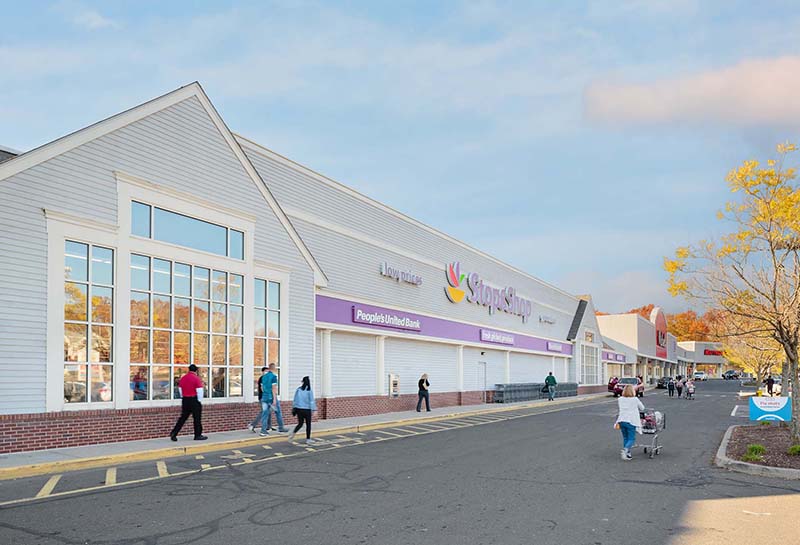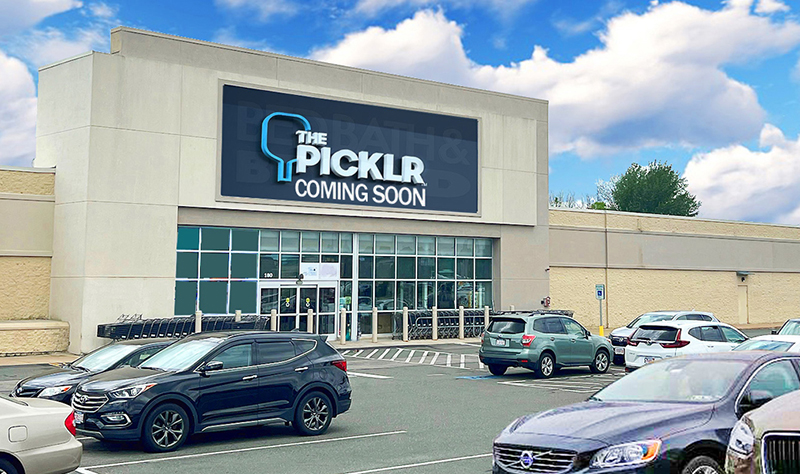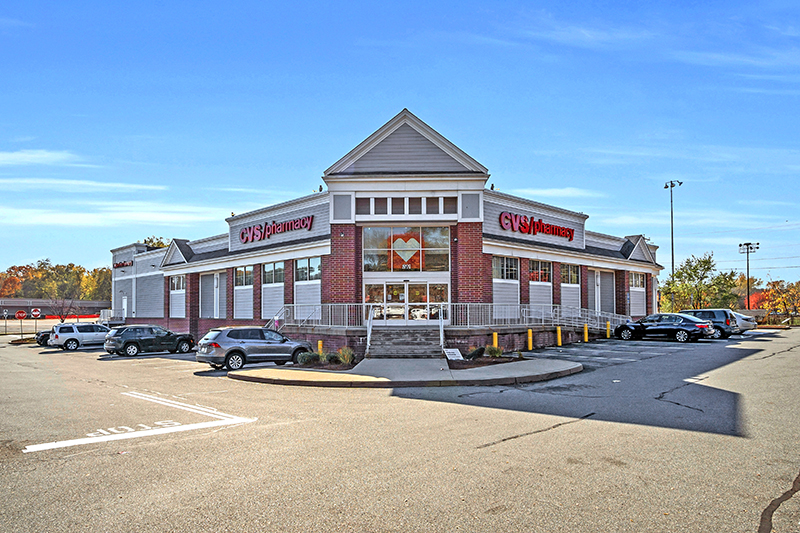Penman of Newmark completes sale of Brookside Center - 170,665 s/f


Bridgeport, CT Newmark completed the sale of Brookside Center, a grocery-anchored shopping center. Newmark managing director Paul Penman of the firm’s Boston Capital Markets Group’s retail practice represented the seller and procured the buyer, DLC Management. Newmark co-head of U.S. Capital Markets Robert Griffin and managing director Jon Martin provided additional support on the transaction. The sale price was not disclosed.
Totaling 170,665 s/f, Brookside Center is presently 95% leased to a diverse 13-tenant roster anchored by Stop & Shop, Marshalls, Michaels and Petco.
“On behalf of the team, I want to congratulate DLC Management on this acquisition. Both parties executed the transaction flawlessly,” said Martin. “Brookside Center is exactly the type of asset that is currently attracting the most premier commercial real estate capital given its longstanding grocery store tenancy, strong sales, investment-grade credit and first-class physical real estate.”
Brookside Center is located at a signalized intersection off the Merritt Pkwy., a major regional thoroughfare that spans southwestern Connecticut and connects to New York. Within just two miles of the asset are two major demand drivers that generate retail traffic for the surrounding area: Trumball Mall and Sacred Heart University.
Newmark senior financial analyst Casey O’Brien provided financial analysis support for the transaction.
“There continues to be a deep bench of private and institutional equity looking to deploy in grocery-anchored real estate, and plenty of lenders willing to provide debt,” said Penman. “Presently, our clients are finding a very receptive capital markets environment for high-quality offerings.”
Mace of KeyPoint Partners negotiates 36,192 s/f lease for The Picklr at Endicott Square
Danvers, MA KeyPoint Partners (KPP) negotiated a lease with the nation’s premier indoor pickleball venue The Picklr at Endicott Sq. Vice president of retail brokerage Don Mace negotiated the transaction on behalf of the landlord.




.jpg)


.png)
